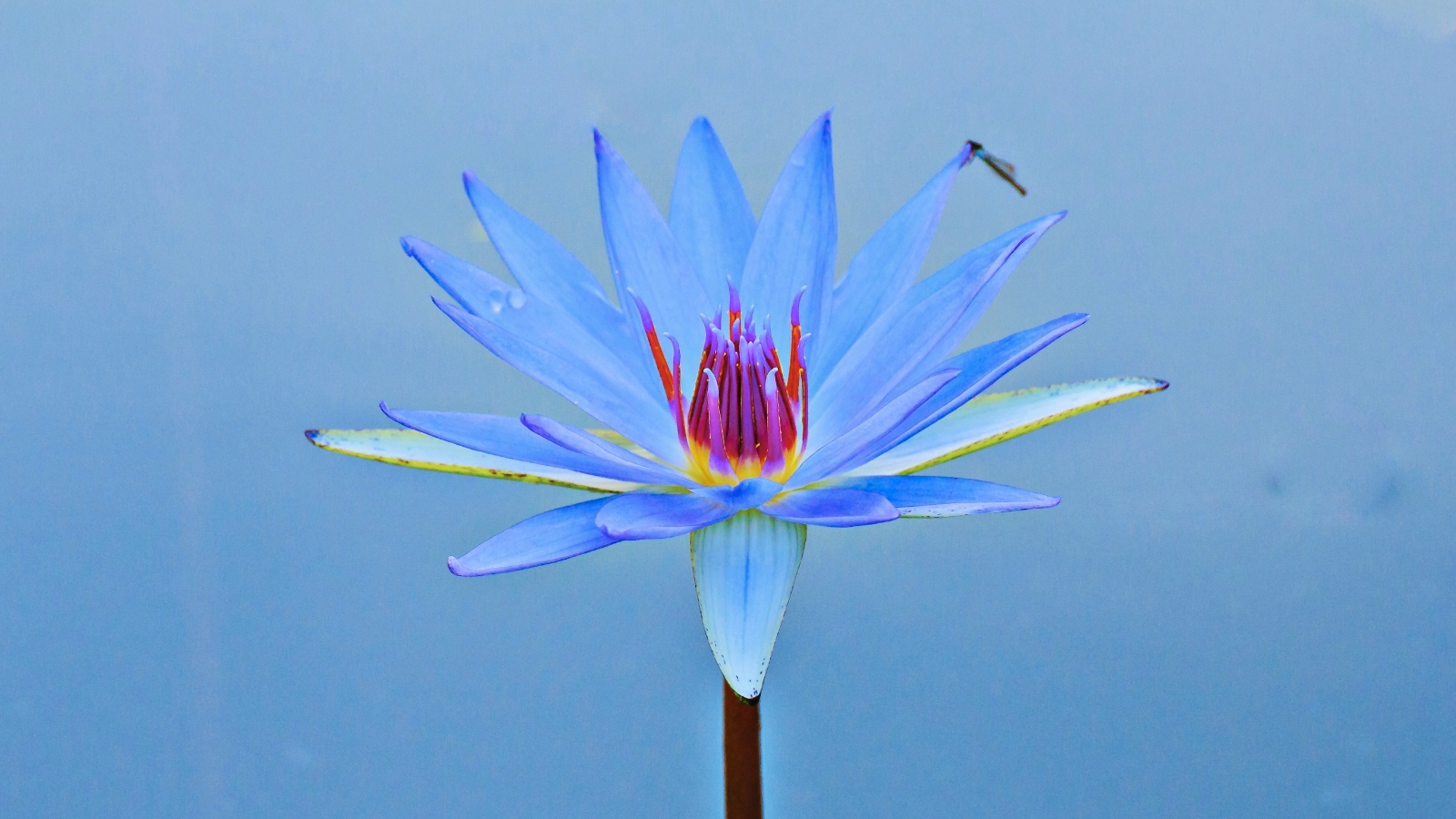In the tranquil waters of the Nile River lies a symbol of enduring fascination: the Blue Lotus. For countless generations, its ethereal beauty and intoxicating fragrance have stirred the imagination, weaving tales that transcend time. From ancient civilizations to the present day, this aquatic marvel has remained a muse, inspiring curiosity and admiration alike.
This guide reveals the secrets held within the petals of the Blue Lotus—from its botanical splendor to the depths of its historical legacy and the promise it holds for modern discovery. We’ll cover therapeutic uses, and the best ways to incorporate this delicate blue beauty into your life for ritual and wellness.
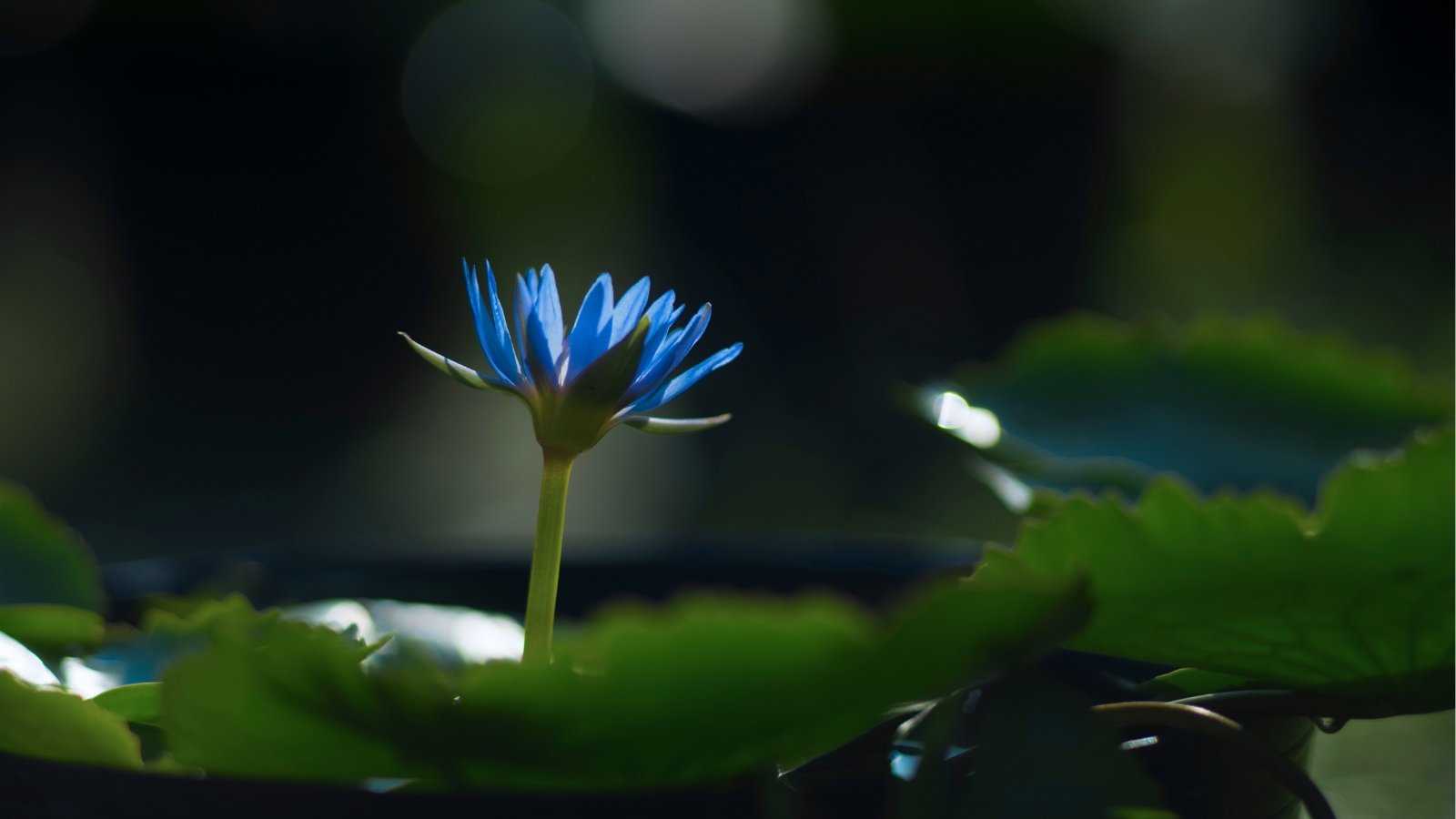
Blue Lotus Overview
Where does this beautiful bloom grow, and how long has it been a part of human history? Here’s a glimpse into the science and the past.
Botanical Description and Growth Habits
The Blue Lotus, scientifically known as Nymphaea caerulea, is a breathtaking water lily belonging to the Nymphaeaceae family. Its large, shimmering petals gracefully unfold in shades of pale blue to reveal a golden heart. The flower’s slender stem rises from rhizomes anchored in the mud, supporting lustrous floating leaves that dance upon the water’s surface.
Native to the Nile River in Egypt and parts of East Africa, the Blue Lotus thrives in the warm, sun-drenched waters of its habitat. It has adapted to the Nile’s annual flooding cycles, using the nutrient-rich silt to fuel its growth and regeneration. The flower’s beauty reaches its peak during the day, closing its petals at night to preserve its allure.
Historical and Cultural Significance
The Blue Lotus has been deeply entwined with ancient Egyptian culture for thousands of years. Revered as a symbol of rebirth, the flower was associated with the sun god Ra and the god of creation, Nefertem. Ancient Egyptians believed that the Blue Lotus played a pivotal role in the creation of the universe, with Nefertem emerging from the flower to bring forth life.
It is also linked to the myth of Osiris’s resurrection by his sister and wife, Isis. It became a potent emblem of life after death and royal power. This association elevated it to a symbol of royalty, which is evident in its depiction of royal artifacts, and it was even found adorning the mummy of King Tutankhamun upon excavation centuries later.
In Egyptian art, the Blue Lotus frequently adorned the headdresses of pharaohs and deities, symbolizing their divine power and connection to the gods. The flower was also depicted in tomb paintings, temple walls, and pottery, often alongside scenes of religious ceremonies and afterlife rituals.
Beyond Egypt, the Blue Lotus has left its mark on other ancient cultures. The Mayans and Aztecs regarded the flower as a symbol of spiritual enlightenment, while in Buddhism, it represents purity and the journey to self-realization.
Traditional Medicinal Uses
The Blue Lotus has a rich history of traditional medicinal use, particularly in ancient Egyptian medicine. Hieroglyphic texts and tomb illustrations suggest that the flower was used to treat a wide range of ailments, from digestive issues to skin conditions.
In Ayurvedic medicine, Blue Lotus is believed to have calming and cooling properties, making it useful for managing stress, anxiety, and inflammation. Traditional Chinese medicine employs the flower to support liver health, improve circulation, and alleviate respiratory issues.
Historically, Blue Lotus was prepared in various ways for medicinal purposes, including teas, tinctures, and topical applications. The flower’s aromatherapeutic properties were also harnessed through incense and perfumes.
Modern Research and Potential Therapeutic Properties
Modern scientific research has begun to shed light on the active compounds present in Blue Lotus and their potential therapeutic effects. The flower contains alkaloids, flavonoids, apomorphine, and nuciferine, which have demonstrated anti-inflammatory, antioxidant, and anxiolytic properties in preliminary studies.
While research is still limited, some studies suggest that Blue Lotus extract may offer benefits for stress reduction, mood enhancement, and cognitive function. The flower’s anti-inflammatory properties have also sparked interest in its potential for managing conditions like arthritis and skin irritations.
However, it is crucial to note that more extensive human studies are needed to fully understand the efficacy and safety of Blue Lotus for therapeutic use. As with any botanical, it is essential to consult with a healthcare professional before incorporating it into a treatment plan.

Is Blue Lotus Psychoactive?
Throughout history, Blue Lotus has been associated with psychoactive experiences, particularly in ancient Egyptian culture. Historical accounts suggest that the flower was revered for its ability to induce mildly altered states of consciousness and enhance spiritual experiences during religious rituals and ceremonies.
Modern scientific inquiry into Blue Lotus’s psychoactive potential is limited, with few studies specifically addressing its effects on human consciousness. Preliminary research has focused on identifying the active compounds present in the flower and their potential neurological effects, but comprehensive studies are lacking.
Anecdotal reports from individuals who have consumed Blue Lotus suggest a range of subjective experiences, including feelings of relaxation, euphoria, and heightened sensory perception. Some users describe subtle alterations in consciousness, characterized by enhanced mood and a sense of tranquility.
The psychoactive effects of Blue Lotus are thought to stem from its complex chemical composition, which includes alkaloids such as nuciferine and aporphine. These compounds have been studied for their potential interactions with neurotransmitter systems in the brain, although the precise mechanisms of action remain speculative.
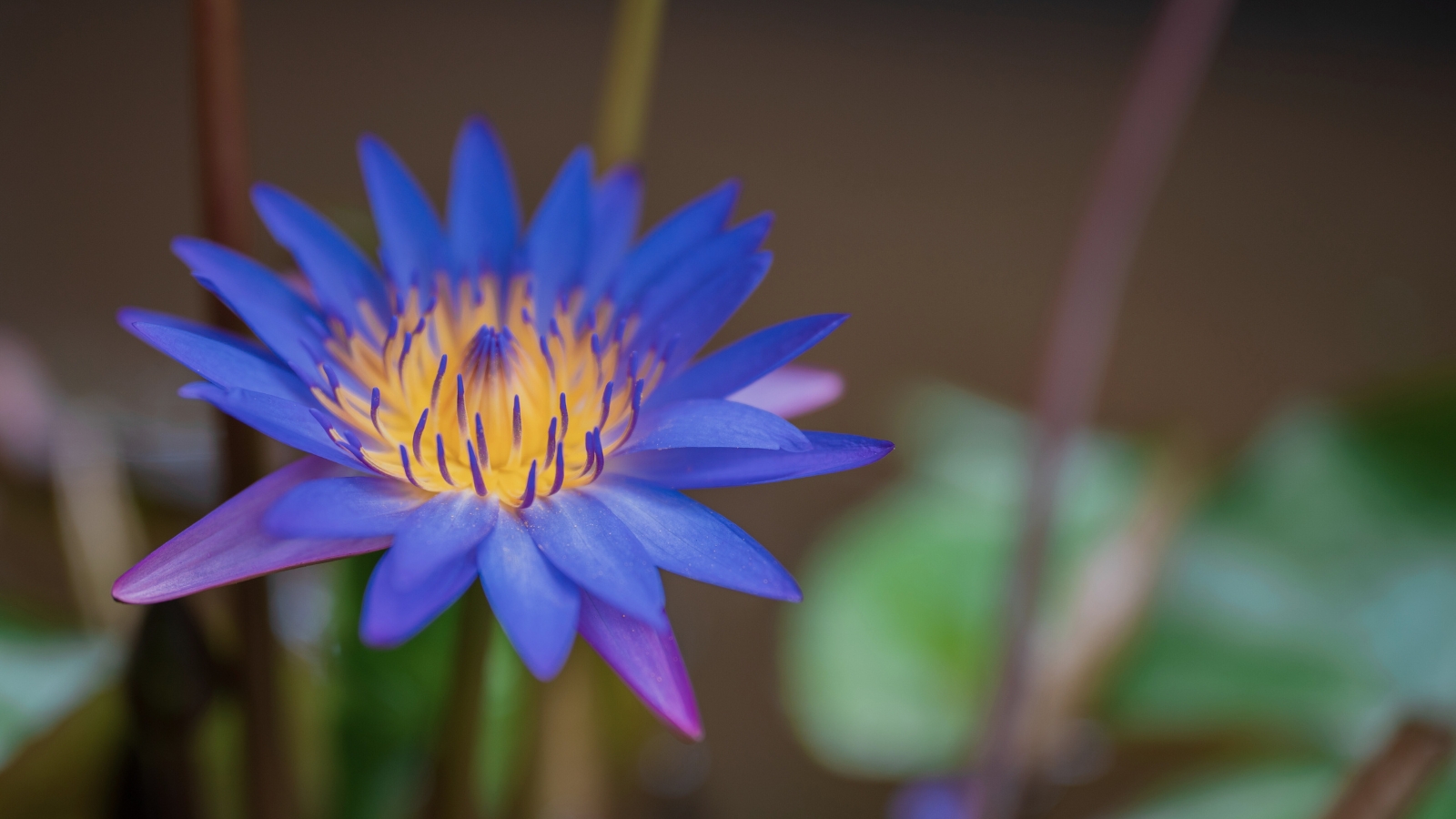
Effects of Blue Lotus
Blue Lotus opens a door to an array of effects, both tangible and ephemeral, that intertwine with the human experience. Here, we explore the multifaceted impact of this revered botanical.
Relaxation and Stress Relief
Blue Lotus is celebrated for its ability to induce a profound sense of relaxation and alleviate stress. Its gentle, sedative properties soothe frayed nerves and quiet the mind, offering a reprieve from the pressures of modern life.
Mood Enhancement
Many people experience a subtle yet noticeable uplift in mood with Blue Lotus. Whether inhaled as incense or imbibed in tea, its delicate fragrance and therapeutic compounds have been reported to elevate mood and promote a sense of well-being.
Enhanced Dreaming
Traditionally used by ancient cultures to enhance dream recall and foster spiritual insight, its influence on the subconscious mind invites exploration into the realms of the imagination. Consuming Blue Lotus in the evening may lead to vivid, memorable dreams or support a lucid dreaming practice.
Euphoria and Blissful Relaxation
Discover moments of euphoria and blissful repose with Blue Lotus flowers. Through its subtle psychoactive effects, it has been lauded for its ability to induce a state of tranquility and contentment, allowing one to bask in the serenity of the present moment.
Meditation Aid
Facilitate a deeper state of meditation with the calming influence of Blue Lotus. Its tranquilizing effects help quiet the mind and enhance focus, fostering a sense of inner peace and spiritual clarity during contemplative practices.
Aphrodisiac Properties
Revered for its ability to heighten arousal and intensify intimate experiences, it invites exploration into the realms of passion and desire. Unlock the sensual potential of Blue Lotus as an aphrodisiac and see where the night takes you.
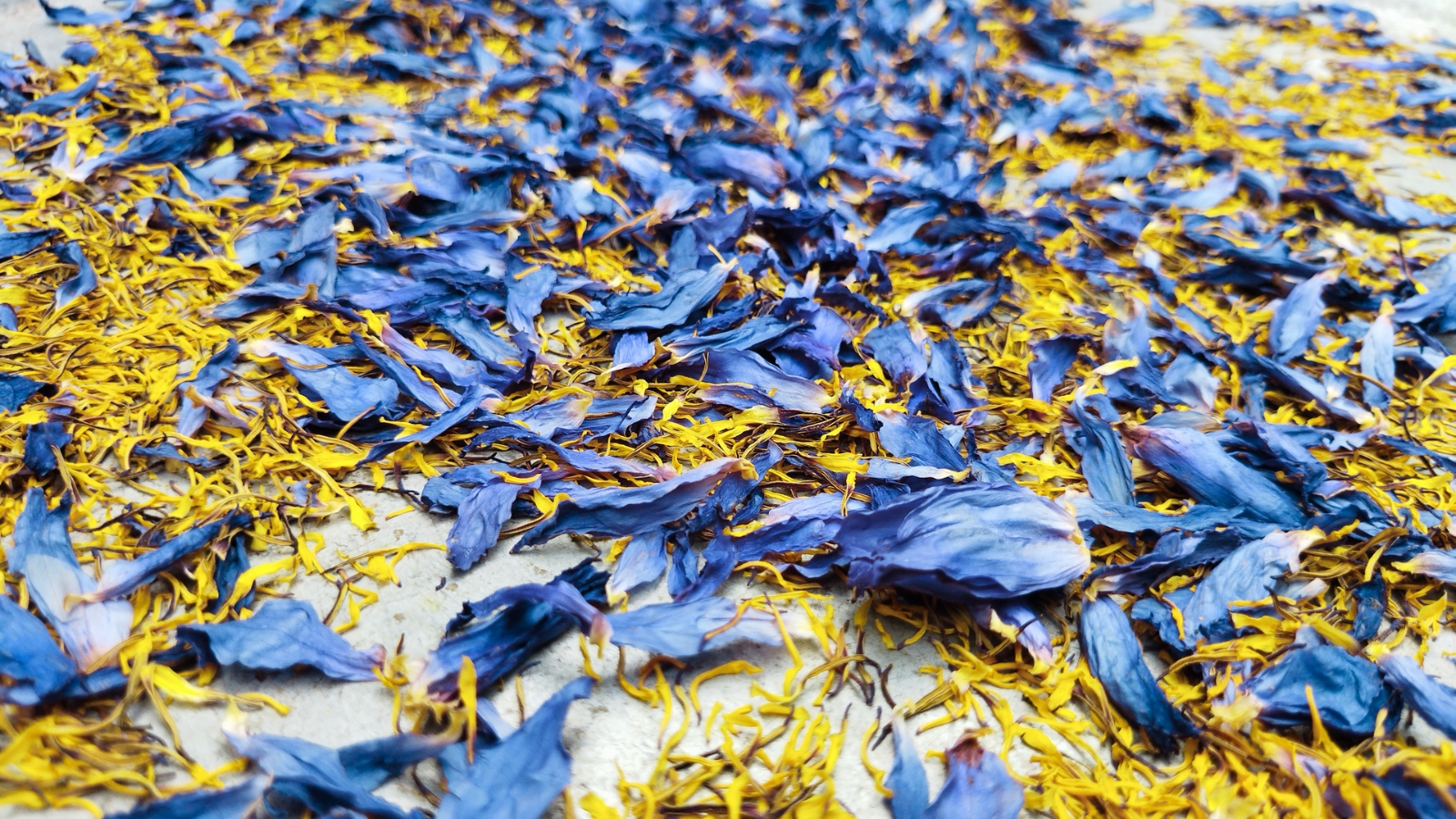
How to Incorporate Blue Lotus into Your Life
For those captivated by the allure of Blue Lotus, there are several ways to safely and legally incorporate its essence into daily life. Here are several imaginative ways to seamlessly integrate its allure into your lifestyle.
Brew Blue Lotus Tea
Brew a soothing cup of Blue Lotus tea to envelop yourself in its tranquil embrace. Simply steep dried Blue Lotus petals in hot water for a delicate infusion that calms the mind and soothes the spirit. When sourcing Blue Lotus tea, look for organic, sustainably sourced flowers.
Craft Herbal Smoking Blends
Enhance your herbal smoking experience by incorporating Blue Lotus into blends with complementary botanicals such as chamomile, lavender, passionflower, and rose petals. The subtle sweetness of Blue Lotus adds depth to the aroma and elevates relaxation. Simply grind up the flowers and roll them into a joint, or mix well with other flowers and pack them into a bowl.
Indulge in Blue Lotus Bath Rituals
Add whole blue lotus flowers to the water to transform your bath into a sanctuary of serenity. If you enjoy a ritual bath, these bold blue flowers will add an extra touch of luxury to a soak. If you enjoy soaking salts, try some imbued with the flower’s essence. They dissolve in warm water to envelop you in a cocoon of relaxation, easing tension and promoting a sense of well-being.
Blue Lotus Aromatherapy
The aromatic qualities of Blue Lotus are intoxicating. There are plenty of ways to work with this scent, whether it’s for ceremonial use or everyday body care. Incense and room sprays will turn your entire space into a Blue Lotus haven. The aroma is so alluring, Blue Lotus perfumes and hydrosols made for daily use just might become your signature scent.
Nourish with Blue Lotus Body Oils
Another excellent way to incorporate Blue Lotus into your life is with infused body and facial oils. Luxuriously hydrating and delicately scented, Blue Lotus oil offers a decadent experience that leaves skin soft, supple, and radiant. The Portal Drops Blue Lotus oil from Body Temple Shop is particularly heavenly.
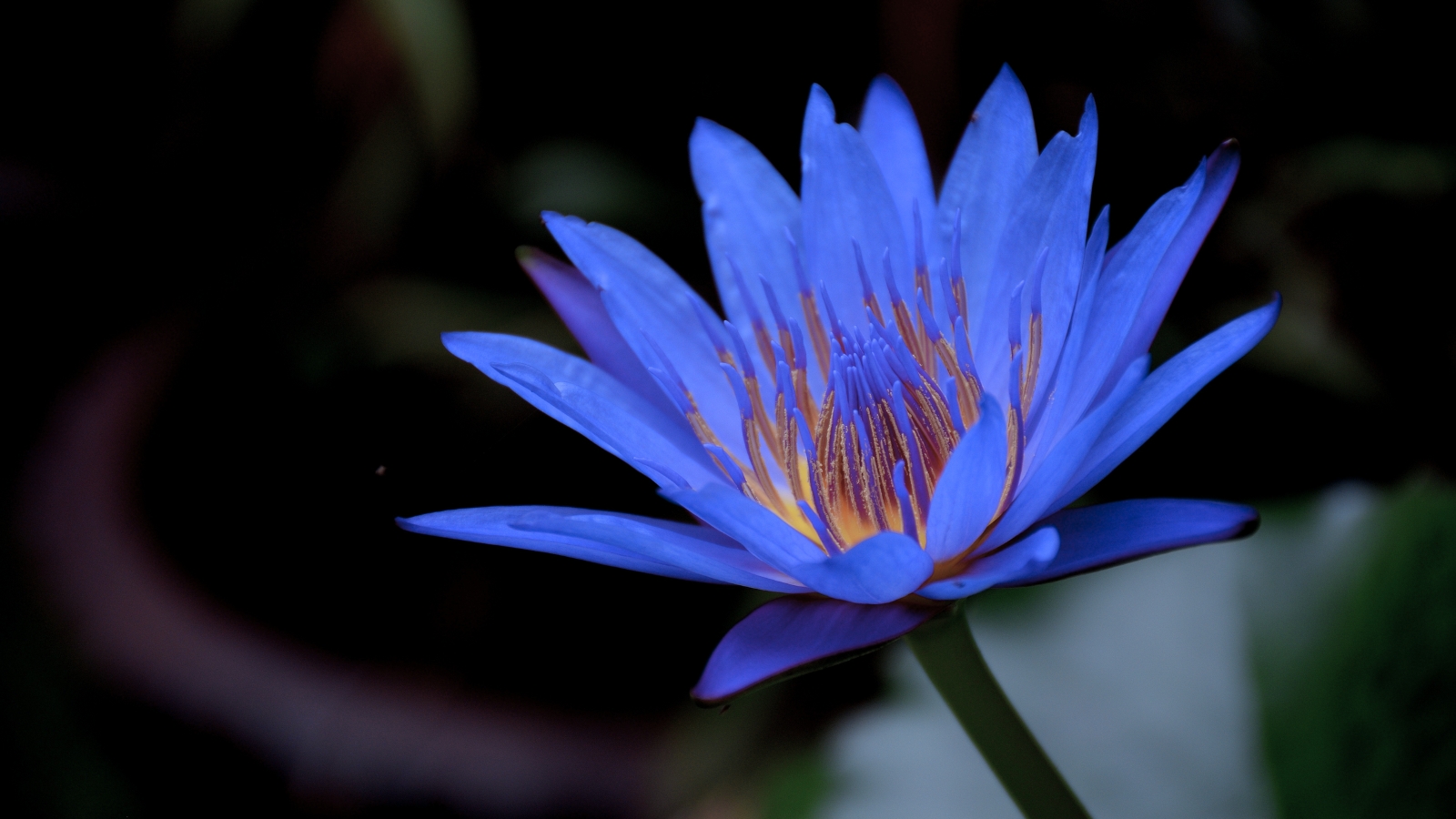
Side Effects, Legality, and Safety
The legal status of Blue Lotus sparks debate due to its psychoactive nature, with varying regulations across different regions. While the Food and Drug Administration (FDA) doesn’t classify it as a controlled substance, they label the flower as poisonous. Despite this, Blue Lotus products like teas, incense, and oils are legally available in most countries, excluding Poland, Russia, and Latvia.
While proponents highlight potential medicinal benefits, limited research supports these claims, and there’s a lack of safety data and established dosage guidelines. Consulting a healthcare provider before trying Blue Lotus is crucial, especially for children, pregnant or breastfeeding individuals, as its safety in these populations hasn’t been studied.
Due to its psychoactive properties, caution is advised, and mixing with substances like cannabis or alcohol should be avoided. Consumption of Blue Lotus can lead to side effects such as confusion, dizziness, dry mouth, nausea, slurred speech, chest pain, and drowsiness.
Starting with small doses and gradual increases can help mitigate these risks. While most symptoms resolve without treatment, it’s essential to refrain from driving or operating machinery while under the influence of Blue Lotus.

Enjoy the Beauty of the Blue Lotus
In the Blue Lotus, we find a timeless narrative of beauty, mystique, and profound connection. From ancient rites along the Nile to modern wellness practices, its allure transcends epochs, inviting us to delve into its secrets and embrace its gifts.
As we bid adieu to these pages, let us carry forward the essence of the Blue Lotus—a reminder of nature’s enduring grace and the boundless wonders that unfold when we pause to listen, to observe, and to immerse ourselves in the gentle embrace of the world around us.
May the Blue Lotus continue to guide us on a journey of self-discovery, wonder, and reverence, infusing our lives with tranquility, inspiration, and an abiding appreciation for the timeless beauty that blooms within and beyond.
